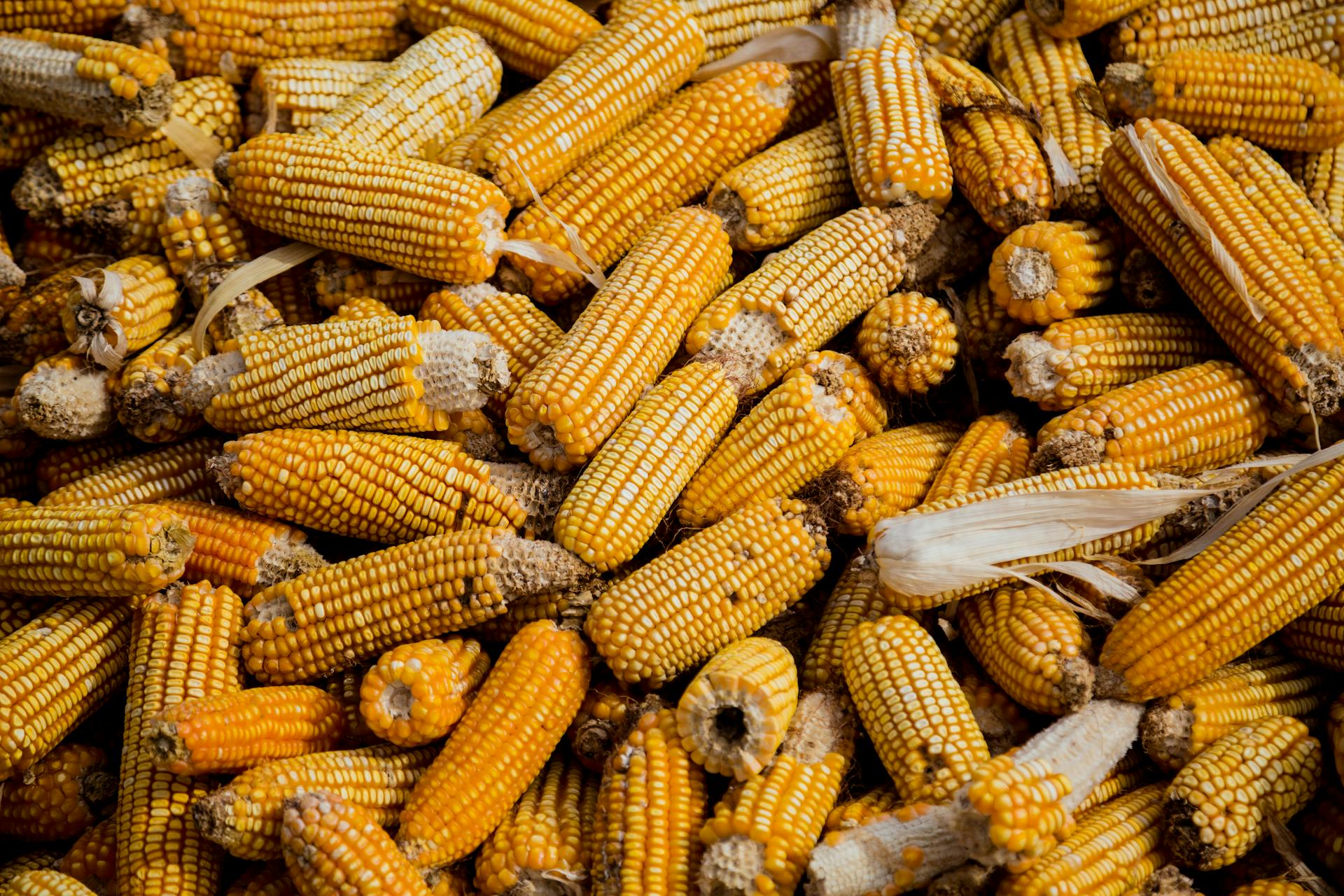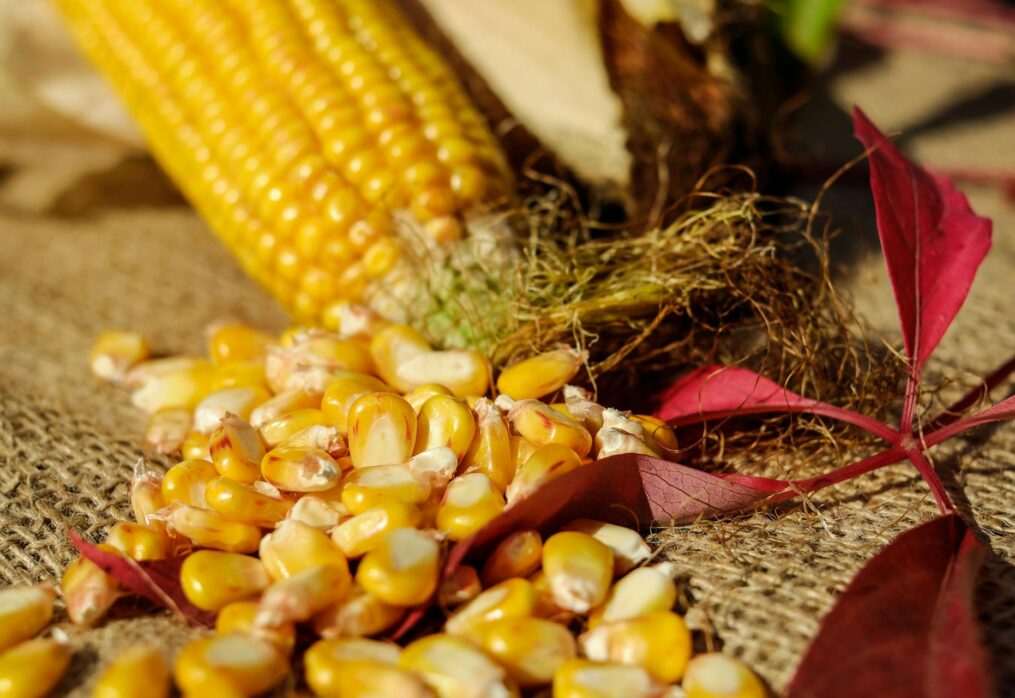US corn overproduction: comparing the 2003-2004 and 2023-2024 seasons
How US corn overproduction has changed the global market picture
In 2024, global corn stocks will reach their highest level in 5 years. Moreover, growth momentum will be the best in 7 years. The high harvest and overproduction of corn in the US will play an important role.
Traditionally, large US harvests have supported demand growth. However, analysts note that the harvest will not be as large as previously expected. At the same time, the large supply has made US farmers key suppliers to the world market. These trends suggest that the expansion of US corn acreage has proved unnecessary. However, analysts believe that the situation will change in the new marketing year.
According to the US Department of Agriculture, global corn stocks will increase 7% in the 2023-2024 season. At the same time, in the country itself, this indicator will grow by 60%, which is the maximum since 2004. At that time, domestic stocks grew by 120%, while world stocks grew by only 25%. The main reason for such results, then as now, is corn overproduction.
Not so long ago, a similar situation occurred on the world market. In the 2012-2013 season, the country experienced a record drought. As a result, domestic reserves of US corn fell by 17%. At the same time, grain sales on the world market increased by 17%. This was due to two years of rapid growth in product prices and an active increase in production by suppliers from other countries.
The ministry forecasts that corn stocks will increase by 17% in the 2024-2025 season. This will be the highest in 37 years, although yields will fall slightly. The world market will not feel the impact of the drop in production due to current record levels in the US.
Trend comparison
The analysts note similar trends in the 2023-2024 and 2003-2004 seasons. Among them:
1. US corn planted area increased by 3% to nearly 81 million acres in 2004. This was a 19-year high.
2. In 2023, the area was almost 95 million acres. This is 7% more than in 2022 and a 10-year high.
3. Yields in 2004 were more than 160 bushels per acre, a record.
4. Yields in 2024 should be around 180 bushels per acre.
Analysts point to one crucial factor when analysing corn consumption now and in 2004. This is the production of ethanol from the grain. In 2004, the share of corn for green fuels was 12%, which will rise to 37% in 2023.
The total consumption of grain has so far increased by more than 30% compared to 2003-2004.
